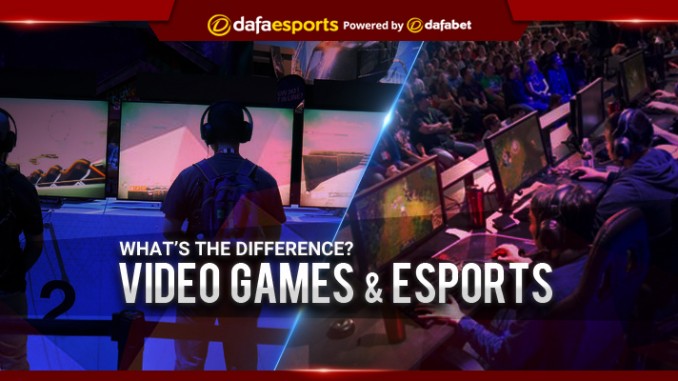
In something of a generational shift, traditional sports have seen their viewing numbers decline while eSports has become a cultural phenomenon, attracting not only huge numbers of viewers but increasingly high-profile investment and corporate involvement as well. The subtle change from a generation that played video games to one that participates in eSports has evolved over the past decade.
Structure is Key
The difference between video games and eSports is the competitive nature and structure that exists within eSports. While every eSport is a video game, not all video games are eSports – even if a competitive format exists. The loose definition of an eSport involves playing a video game at a competitively high level for a cash reward.
However, “eSport” is a fluid term whose meaning can shift from person to person, similar to how some people view chess and archery as a sport while others do not.
eSports involve either a player by themselves or with a team that typically stays together for an extended period of time. Video games typically have players either playing 1v1 or with a group of random people, while in the realm of competitive eSports a team is formed that allows the group to form synergy and perform at the highest level possible. Professional eSports organisations tend to have all of their players live in the same house in order to promote unity and team spirit, while video games can simply be played alone at home. That being said, some eSports players do live on their own but will travel to events with their team.
PvP is the Core Component
One key difference also lies in the quality of the game, as five random players can simply not match five other players who have played together for an extended period of time. Consequently, the skill gap is increased in eSports. The overall skill ceiling is increased, especially over time as more and more players practice and improve.
Player versus player is at the core of eSports, as that is what enables the competition. A myriad of video games contain no PvP element, hindering the ability for such games to be considered an eSport. Whether or not to have a PvP aspect to a game is a difficult decision for a developer, as the complexity created from a balance perspective cannot be understated. If a game has a PvP aspect and a competitive scene with a form of structure, whether that be offline or online events – as long as prizes are included –then it is quite likely to be an eSport.
Viewership Adds Legitimacy
In terms of the events required to establish the legitimacy of an eSport, outside viewership is key for the title’s extended life. The ability to fill a stadium full of people for multiple days in order to watch an eSport is what allows the sustainability of the industry in its current form. While some would tune in for a skilled player or two playing a video game, having a slew of people competing against one another catches the eyes of many young people in today’s day and age. The number of eSports should continue to rise and separate themselves from being just a PvE (player vs. environment), as companies look to hop on the back of the most popular young-person spectator event.
A Full-Time Job
Being a competitive eSports player is also a full-time job, which separates the professionals from the typical video game player. On websites such as Twitch, people that play video games can gain popularity, but by and large, the highest amount of viewership comes from either eSports events or eSports players playing the game that they participate in as a professional. Tens of thousands of people tune into pro players as it allows for them to watch the best players and how they play from their own point of view.
In its totality, eSports is a competitive PvP environment, where a player or a team can display excellence of the highest level for cash and prizes while others look on. While an eSport is a video game, the level of dedication and competition separates a typical video game from an emerging and popular eSport.










